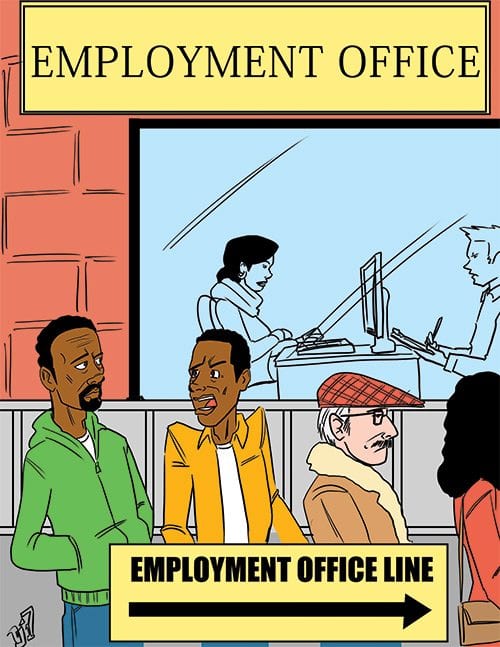
For many years, the United States has had the highest incarceration rate in the world. For every 100,000 residents, 737 are in prison or jail. An estimated 2,193,798 people in America are behind bars. China and Russia, which are both recognized as repressive regimes, have much lower incarceration rates. China has only 118 prisoners for every 100,000 citizens and Russia has 615. American politicians enhanced their get tough on crime reputations with laws that required imprisonment for violators, but the rising cost of incarceration is forcing social policy planners to consider the impact on government budgets.
The National Research Council issued a major report three years ago on the cost effectiveness of incarceration policies for several prior decades. The conclusion was that the costs to state budgets, as well as families, communities and society, did not result in a worthwhile benefit in the reduction of crime and deterrence.
The crackdown on crime put a great number of adults in jail at a rate that is five to 10 times greater than in Western Europe and other democracies. The prison growth occurred because of “mandatory minimum” sentence laws and “three strikes” laws as well as longer sentences that had to be served.
The Vera Institute of Justice has concluded that in the past 20 years, corrections budgets in the states have nearly quadrupled. A more exhaustive analysis of the corrections costs borne by other agencies would add an almost 14 percent increase in those costs. Vera research found that state prison populations nationwide have grown by 700 percent since the 1970s.
The state expenditures for imprisonment have grown faster than budget increases for education, welfare, transportation and other government functions. For example, in New York it costs about $60,000 per year for each inmate but only $18,000 for each primary or secondary school student. The burgeoning budget for incarceration imposes financial limitations on other projects which might benefit the poor.
A diminished capacity of the government to finance programs to alleviate poverty will tend to increase the incidence of criminal activity. Those arrested for crimes are often residents of low-income neighborhoods. Once someone becomes involved in the criminal justice system, chances of recovery to an appropriate level of income greatly diminish. When a breadwinner is incarcerated, the family income declines. The children are then raised in poverty, and the cycle continues.
A major cause of the crime rate is a high rate of recidivism. According to the National Institute of Justice, about two-thirds (67.8 percent) of released prisoners are rearrested within three years of release and about three-quarters were rearrested by the end of the first year. It should come as no surprise that 82.1 percent of those rearrested had been guilty of a property crime. One chief reason for the commission of property crimes is an inability to find work.
Once a person has a criminal record it is difficult to find a job. Many employers are unwilling to take the risk of hiring someone who has even been arrested, even though he may not have been found guilty and served time. Clearly, the high imprisonment rate cannot be substantially reduced until those in prison are prepared for the world of work and there are incentives to induce employers to provide jobs when those in prison are released.
The reduction of recidivism has to become a major focus of reducing America’s excessive imprisonment.






